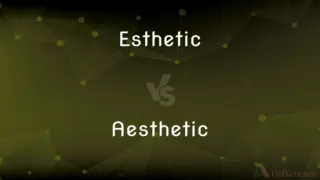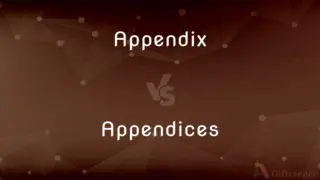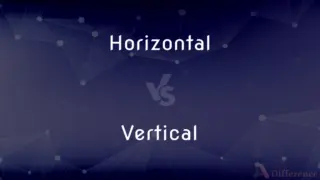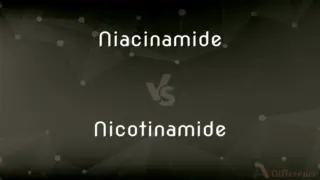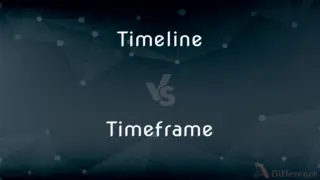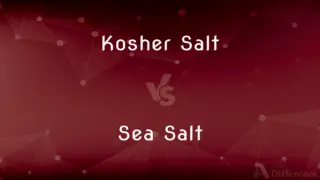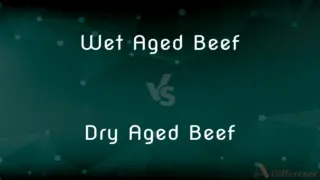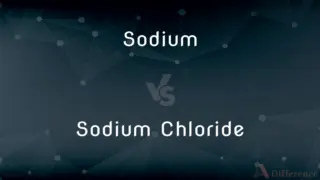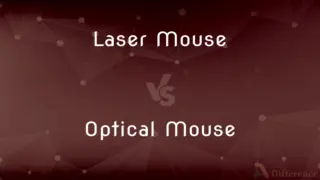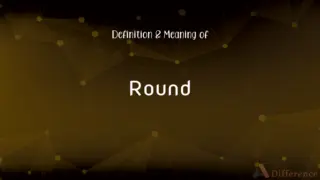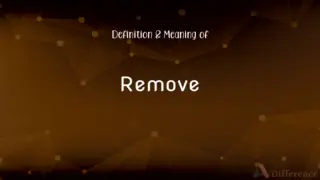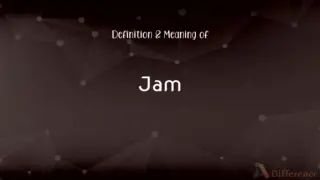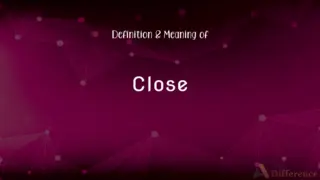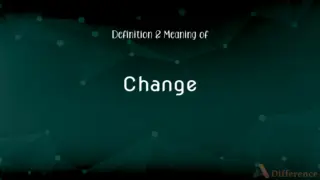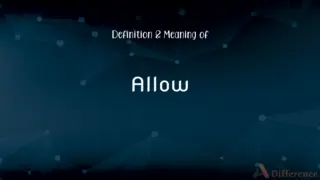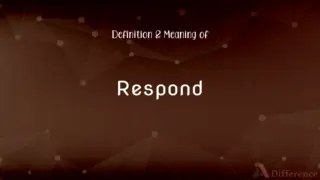Geoid vs. Spheroid — What's the Difference?
Edited by Tayyaba Rehman — By Maham Liaqat — Updated on April 16, 2024
Geoid is an irregular shape approximating Earth's mean sea level, used in geophysics, while a spheroid, more regular, models Earth's shape for global mapping.
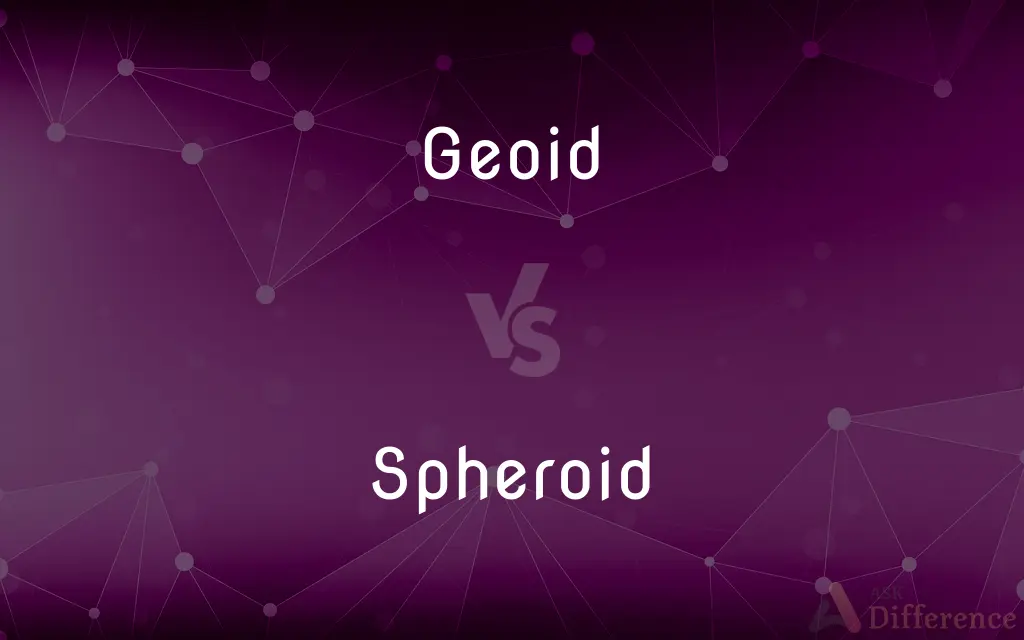
Difference Between Geoid and Spheroid
Table of Contents
ADVERTISEMENT
Key Differences
The geoid represents the shape that the ocean surface would take under the influence of Earth's gravitation and rotation alone, absent other influences like winds and tides. In contrast, a spheroid is an idealized, smoothed shape of the Earth, which is an ellipsoid flattened at the poles and bulging at the equator due to rotation.
Geoids are crucial for precise calculations in fields like geodesy and oceanography as they closely represent global mean sea level. Meanwhile, spheroids are used primarily for mapping and navigation, providing a simplified mathematical model that approximates the Earth's shape more uniformly than the geoid.
The geoid varies in shape and undulates due to irregularities in Earth's gravitational field. On the other hand, a spheroid provides a consistent, smooth surface that is mathematically easy to work with in calculations and graphical representations.
In practical applications, GPS systems initially calculate positions using a spheroid reference. However, to achieve accuracy in elevation and other data, corrections are made to fit the geoid model.
While geoid models are more complex and provide a detailed depiction of Earth's physical shape, spheroids offer a balance between accuracy and computational simplicity, which is essential for many engineering and geographic information systems (GIS) applications.
ADVERTISEMENT
Comparison Chart
Shape Description
Irregular, follows gravitational variations
Smooth, ellipsoidal approximation
Main Use
Measuring precise sea level, geodesy
Global mapping, navigation
Based On
Gravitational equilibrium
Rotational ellipsoid
Mathematical Complexity
High, due to irregularities
Lower, due to regular form
Surface Representation
True physical shape of the Earth's seas
Idealized, smooth Earth surface
Compare with Definitions
Geoid
The geoid is a hypothetical surface representing global mean sea level.
Surveyors use the geoid as a reference to measure elevation.
Spheroid
A spheroid is a flattened sphere used to model Earth.
Global maps are often based on the spheroid model.
Geoid
It's considered the true physical shape of the Earth.
Oceanographers map currents by comparing them to the geoid.
Spheroid
Useful in astronomy and Earth sciences.
Spheroids help astronomers calculate planet rotations.
Geoid
The geoid varies due to gravitational changes.
The geoid helps in understanding the distribution of Earth's mass.
Spheroid
Basis for most global positioning systems.
Airline navigation systems rely on spheroid coordinates.
Geoid
Essential for global navigation satellite systems.
GPS devices adjust using geoid models for accuracy.
Spheroid
Simplifies mathematical calculations of Earth.
Engineers use the spheroid model in constructing bridges.
Geoid
Used in geodesy to calculate precise positions.
Geoid data is vital for calibrating satellite orbits.
Spheroid
Idealized model for theoretical physics and engineering.
Theoretical models of Earth's dynamics use a spheroid.
Geoid
The geoid () is the shape that the ocean surface would take under the influence of the gravity of Earth, including gravitational attraction and Earth's rotation, if other influences such as winds and tides were absent. This surface is extended through the continents (such as with very narrow hypothetical canals).
Spheroid
A spheroid, also known as ellipsoid of revolution or rotational ellipsoid, is a quadric surface obtained by rotating an ellipse about one of its principal axes; in other words, an ellipsoid with two equal semi-diameters. A spheroid has circular symmetry.
Geoid
The hypothetical surface of the earth that coincides everywhere with mean sea level.
Spheroid
A body that is shaped like a sphere but is not perfectly round, especially an ellipsoid that is generated by revolving an ellipse around one of its axes.
Geoid
The shape, extending through landmasses (continents, etc.), that the surface of the oceans of the Earth would take under the influence of the Earth's gravity and rotation alone, disregarding other factors such as winds and tides; that is, a surface of constant gravitational potential at zero elevation.
Spheroid
Of a shape similar to a squashed sphere.
Spheroid
A solid of revolution generated by rotating an ellipse about its major (prolate), or minor (oblate) axis.
UFOs are reported as being either oblate (saucer-shaped) or prolate (cigar-shaped) spheroids.
Spheroid
A body or figure approaching to a sphere, but not perfectly spherical; esp., a solid generated by the revolution of an ellipse about one of its axes.
Spheroid
A shape that is generated by rotating an ellipse around one of its axes;
It looked like a sphere but on closer examination I saw it was really a spheroid
Common Curiosities
How do geoids and spheroids differ in their use?
Geoids are used for precise elevation data and sea level measurement, whereas spheroids are used in mapping and navigation.
How does a spheroid simplify global mapping?
The spheroid provides a smooth, consistent shape that simplifies the mathematics involved in global mapping and navigation.
What is a geoid?
The geoid is a hypothetical surface representing what sea level would be under only gravitational forces.
Is the geoid used in GPS technology?
Yes, GPS technology uses the spheroid for initial calculations but adjusts to the geoid for precise altitude and other data.
What is a spheroid?
A spheroid is an ellipsoidal shape representing Earth, flattened at the poles and bulging at the equator.
Are there different types of spheroids?
Yes, different spheroids like the WGS 84 or GRS 80 are tailored to best fit regional or global data.
Why is the geoid irregular?
The geoid is irregular due to varying gravitational forces caused by differences in Earth's density and structure.
Why is understanding the geoid important for oceanography?
Understanding the geoid allows oceanographers to accurately model ocean currents and sea levels.
How do changes in the geoid affect everyday technology?
Changes in the geoid can affect the accuracy of any technology that relies on precise altitude and location, including GPS.
What is the practical application of a spheroid in navigation?
Spheroids provide a geometric foundation for calculating distances and directions on a global scale.
What role does the spheroid play in space exploration?
The spheroid model assists in plotting courses and calculating trajectories in Earth orbit and beyond.
Can the spheroid model be used for local mapping?
While the spheroid model is helpful for global perspectives, local maps might require adjustments to fit more accurate geoid data.
What tools measure the geoid?
Satellite gravimetry and sea surface height measurements are primary tools for measuring the geoid.
How accurate are geoid models?
Geoid models are highly accurate in depicting Earth's physical and gravitational properties but are complex to compute.
How do engineers use the spheroid in construction?
Engineers reference the spheroid for large-scale projects to ensure accurate alignment and positioning.
Share Your Discovery
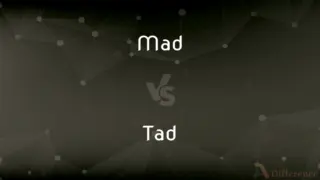
Previous Comparison
Mad vs. Tad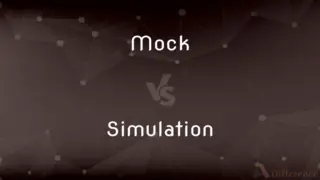
Next Comparison
Mock vs. SimulationAuthor Spotlight
Written by
Maham LiaqatEdited by
Tayyaba RehmanTayyaba Rehman is a distinguished writer, currently serving as a primary contributor to askdifference.com. As a researcher in semantics and etymology, Tayyaba's passion for the complexity of languages and their distinctions has found a perfect home on the platform. Tayyaba delves into the intricacies of language, distinguishing between commonly confused words and phrases, thereby providing clarity for readers worldwide.




